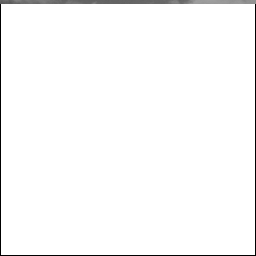Abstract
Existing scalable wavelet image coding approaches, such as set partitioning in hierarchical trees and its derivatives, employ a memory-intensive tree-based coding structure. Existing tree-based wavelet coding approaches are therefore not suitable for memory-constrained sensor nodes. In this paper, we introduce a scalable wavelet image coding approach based on a line structure that requires very little memory. The proposed line-based approach is suitable for scalable wavelet image coding in memory-constrained sensor nodes, requiring only a few kilobytes of memory for a 256×256 pixel image. The presented line-based wavelet coding algorithm accesses the image data line by line and thus conforms with the data access patterns in current flash memory technology. Our performance evaluations demonstrate that the proposed scalable line-based image wavelet coding approach has no overhead compared to one-run (non-scalable) wavelet image coding and has competitive compression performance compared to JPEG 2000 and the recent Google WebP image format.
Demo (animated Gifs)
Traditional top-down rendered JPEG image VS. progressive/scalable image communication (proposed in this work):
See how the proposed scalable Wi2l algorithm recursively updates the wavelet coefficients of an image to improve the quality:

Downloads
Stephan A. Rein, Martin Reisslein, Scalable Line-Based Wavelet Image Coding in Wireless Sensor Networks, Journal of Visual Communication and Image Representation, in Press, 2016 [pdf] [C source code]
The scalable Wi2l coder is based on the following studies:
- Stephan A. Rein, Frank H.P. Fitzek, Clemens Gühmann, Thomas Sikora, Evaluation of the Wavlet Image Two-Line Coder, Signal Processing: Image Communication, Volume 37, Issue C, pages 58-74, September 2015
[pdf] [C source code] - S. Rein, S. Lehmann, C. Gühmann, Wavelet Image Two-Line Coder for Camera Sensor Node with extremely little RAM, IEEE Data Compression Conference (DCC’09), pages 252-261, Snowbird, UT, March 2009
[pdf] [slides] [demo video sensor] [demo video octave]



